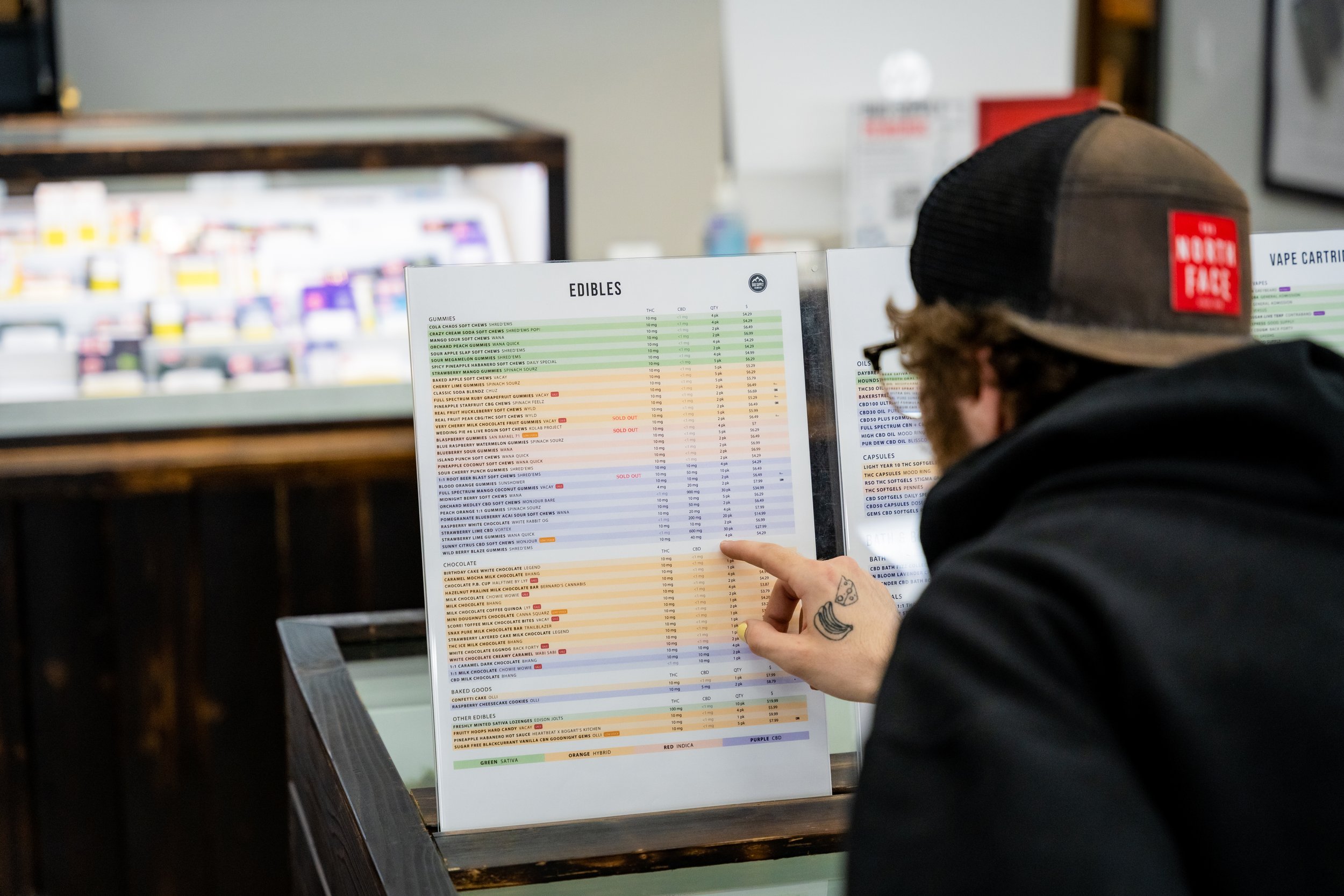The Total Terpene Content (TTC) Solution: Simplifying Cannabis Selection
In the quest to demystify cannabis for the everyday consumer, the concept of Total Terpene Content (TTC) emerges as a beacon of simplicity. Rather than navigating a sea of scientific terms, consumers can now rely on a single metric that encapsulates the essence of a strain's terpene profile. But why does this matter, and how does it change the game for cannabis consumers?
Why Terpenes Matter
Terpenes, the aromatic compounds found in cannabis, are the unsung heroes behind the distinct flavors and smells of different strains, from the citrusy zest of a Lemon Haze to the earthy undertones of a classic OG Kush. More than just sensory delights, terpenes also contribute to the therapeutic effects of cannabis, interacting with cannabinoids to enhance their impact—a phenomenon known as the entourage effect.
The Challenge of Complexity
As beneficial as terpenes are, their complexity poses a challenge for consumers. The cannabis market boasts strains with diverse terpene profiles, each contributing to a unique experience. Expecting consumers to remember and understand the effects of individual terpenes, such as linalool or humulene, is unrealistic for most. This is where the Total Terpene Content (TTC) Solution comes into play.
Understanding Total Terpene Content (TTC)
The TTC simplifies the selection process by providing a cumulative measure of a strain's terpene volume, presented as a percentage or total milligrams. A higher TTC indicates a richer, more potent terpene profile, suggesting a more aromatic, flavorful, and potentially therapeutic cannabis experience. This single number can guide consumers towards strains that offer more of what they're looking for in terms of taste, aroma, and effect.
Visual Representations: A Universal Language
To further simplify the terpene narrative, dispensaries and brands can adopt visual symbols representing dominant terpenes. A pine tree for pinene, a lemon for limonene, or a clove for caryophyllene—these icons can quickly convey a strain's primary terpene-induced aromas and effects. This method leverages visual memory, allowing consumers to associate symbols with their personal preferences and experiences, bypassing the need for technical vocabulary.
Empowering Consumers with Knowledge
By focusing on Total Terpene Content and employing visual representations, the cannabis industry can empower consumers with the knowledge they need to make informed decisions. This approach acknowledges that while the science behind cannabis is fascinating, the priority for most consumers is the quality of their experience. Simplifying the terpene conversation ensures that everyone, from novices to aficionados, can navigate the diverse world of cannabis with confidence and ease.
Conclusion: A New Era of Cannabis Consumption
The Total Terpene Content (TTC) Solution represents a shift towards accessibility and simplicity in the cannabis industry. By distilling the complexity of terpenes into a single, understandable metric and complementing it with intuitive visual symbols, we're opening the doors to a more inclusive cannabis culture. This evolution in how we communicate about cannabis paves the way for a future where choosing the right strain is no longer a daunting task but a delightful journey of discovery.
How can my dispensary evolve with the industry?
Our staff at BudSense is here to help. Book a demo with BudSense today to ensure you’re keeping your customers informed about their cannabis—with style, too.










Tags are the quiet engine that makes visual merchandising in BudSense more powerful and more accurate than ever before. They allow our team to capture and store rich product details in the BudSense database. In a world where flavour, effect, and farming practice matter more than ever, Tags make sure your menus reflect what makes your products different.